
Clearly established in Resolution 6 of the 12th Central Committee and further affirmed in the Documents of the 13th National Congress, this model demonstrates political determination in administrative reform towards serving the people and sustainable socio-economic development.
However, after the pilot phase and the expanded implementation, practice has shown that in some localities, there have been many shortcomings: Overlapping authority between levels, the organization and operation of the apparatus in some places is still inconsistent, not achieving the desired efficiency, the mentality of some officials is still wavering due to unreasonable transfers, the quality of public services has not been significantly improved. In this situation, Conclusion No. 178-KL/TW dated July 17, 2025 of the Politburo requires "rectification from the roots", especially in three key areas: Personnel, legality and social trust.
There are still difficulties and problems
Since July 1, 2025, the whole country has officially operated a two-level local government model with the number of provincial-level administrative units reduced from 63 to 34 and more than 10,000 commune-level administrative units reduced to about 3,321.
A typical example is Quang Ninh - one of the first localities to pilot a model of government without district level organization, reorganizing administrative units associated with digital transformation and administrative reform. With the motto of "bringing public services closest to the people, fastest", Quang Ninh has promoted the integration of online public services, connecting inter-level data and digitizing administrative records, contributing to shortening the time to process administrative procedures by about 30-40% compared to before.
Da Nang and Binh Duong are also leading localities in digital transformation and personnel restructuring at the commune/ward level. In Binh Duong, starting from July 1, 2025, 36 new communes and wards will operate under a two-level government model, with 447 administrative procedures in 13 fields transferred from the district level to the commune/ward level. Of which, 284 procedures previously performed by the district level are now directly processed at the commune/ward level at 36 newly established commune/ward public administrative service centers.
These localities have not only reorganized their apparatus, but also made a strong shift in administrative thinking towards service, reducing intermediary levels, increasing autonomy and flexibility for the grassroots level. This shows that when the two-level government model is implemented synchronously, with a roadmap and accompanied by digital transformation, administrative procedure reform and reasonable personnel arrangement, it will promote practical effectiveness in state management.
However, in some localities, the implementation of the two-level government model still faces confusion, difficulties, and obstacles, especially in terms of human resources and organizational arrangement. In addition, the mentality of waiting and relying on the coordination of higher levels still exists, causing the commune-level apparatus to operate in a lack of initiative and creativity. The monitoring mechanism between levels is also unclear, easily leading to the situation of "the superiors not listening to the subordinates" or "fighting for power and shirking responsibility". The lack of specific criteria for decentralization and evaluation of the effectiveness of commune-level operations in the new model is making the operation process confusing and unstable...
In addition, a notable shortcoming is that in some places, social psychology still has concerns and lack of confidence in the effectiveness of the model due to the signs of stagnation in handling administrative procedures. Many commune officials do not clearly understand the scope of authority, are not fully trained in professional skills, leading to the situation of avoiding responsibility or handling things mechanically and lacking flexibility. The problem of connecting and communicating data between the commune level and specialized agencies at the provincial level also increases the situation of delayed settlement, causing inconvenience to people and businesses. Practice in some localities shows that people still have to travel many times, contact many levels, contrary to the goal of "one door, one time" of the modern e-government model.
Three key pillars
The practical implementation of the two-level local government model shows that, in order to effectively promote the Party's correct policy, it is impossible to stop at restructuring the administrative organization form but requires a "rectification from the root" - where the three key pillars of human resources, legality and social trust are playing a decisive role.
In fact, commune-level personnel are the “extended arm” of the state apparatus in reaching out to and serving the people. Therefore, the standardization of job titles and positions at the commune level needs to be a top priority, ensuring that each cadre has a specific position, a clear job description, and an evaluation process linked to actual public service products. In addition, the work of transferring and rotating cadres needs to be comprehensively reviewed, and it is necessary to properly assess individual capacity and the specific needs of each locality in order to have appropriate transfers, avoiding unnecessary disruption.
At the same time, the need to improve digital capacity and public service ethics becomes urgent in the context of digital government becoming an inevitable trend. Commune-level officials cannot fulfill their tasks well if they lack knowledge of e-governance, are proficient in using administrative software, or are not updated with new regulations on public services. Training and development programs need to focus on practical skills, public service ethics, and service culture, avoiding being too theoretical.
Reality in many localities shows that, despite the merger and adjustment of administrative units, budget allocation is still in a state of confusion and passivity. Budget allocation to the commune level does not have clear regulations on rates, procedures, and decision-making authority, causing many localities to have difficulty in ensuring regular operating expenses. To overcome this, it is necessary to promptly issue inter-sectoral regulations on the budget allocation mechanism to the commune level, ensuring proactiveness, clarity, fairness, and control.
At the same time, establishing a cross-checking and monitoring mechanism between levels is a necessary solution to increase transparency and prevent the situation of shirking or abuse of power. Instead of having the provincial People's Committee make decisions and inspect subordinates, there should be independent, interdisciplinary working groups or the participation of the Fatherland Front and mass organizations in monitoring to increase objectivity in assessment and inspection.
Another important issue is specific guidance on the functions and tasks of commune-level professional agencies in the new model. After the reorganization, many communes/wards had their professional departments cut, but they had not yet issued documents to replace regulations on coordination mechanisms with provincial departments and branches. This caused overlapping work, unclear responsibilities, and people had to travel to many places to resolve the same procedure. Therefore, it is necessary to promptly review and update the guiding circulars of the Ministry of Home Affairs and related ministries and branches, ensuring consistency between theory and practical operation.
Promote efficiency in the spirit of reform
In order for the two-level local government model to be effective in line with the spirit of administrative reform, it is necessary to synchronously deploy groups of solutions from the central to the grassroots levels, ensuring three pillars: Correct policies - appropriate organization - consensus of the people. In particular, strictly implementing the direction in Conclusion No. 178-KL/TW dated July 17, 2025 is a key requirement.
First of all, it is necessary to urgently implement the Law on Amendments and Supplements to the Law on Organization of Local Government in the direction of clearly defining the authority, responsibility, and coordination relationship between provincial and communal authorities. Along with that, issue documents guiding the implementation of budget mechanisms, supervision, and staff evaluation procedures in the new model, especially at the communal level - where there is great pressure on both tasks and expectations to serve the people.
Provincial and municipal authorities that are implementing the two-tier government model need to proactively review the overall implementation situation. Publicity and transparency of difficulties and shortcomings are prerequisites for the Central Government to have a basis to amend policies to be closer to reality. To increase professionalism in operating the apparatus, it is necessary to promote training and fostering of cadres according to job positions, especially digital skills, public administration management skills and public ethics.
Another bottleneck is the ineffective coordination between levels, departments and offices within the same administrative system. Therefore, it is necessary to build a clear coordination mechanism between the Provincial People's Committee and specialized agencies, between commune-level authorities and mass organizations, ensuring "one task - one contact - one responsible person". Along with that, it is necessary to strengthen accountability, inspection and supervision in a public direction with binding sanctions.
In particular, building trust and creating high determination in the whole society is a fundamental factor that determines the success of the two-level government model. Therefore, communication work needs to go one step ahead. Propaganda does not stop at "persuasion", but needs to be transformed into "dialogue", creating a forum for officials and people to exchange and respond. Listening to social criticism needs to be institutionalized as a mandatory channel in the policy planning and adjustment process.
The Fatherland Front and socio-political organizations need to be assigned the task of supervising the organization and selection of cadres at the grassroots level, both to ensure democracy and to detect potential violations early. Commune-level authorities need to make efforts to demonstrate their prestige through concrete actions: quickly resolving administrative procedures, publicly responding to people, and making the resource allocation process transparent. When people feel the impartial and responsible service, the two-level government model will truly come into life and be sustainably supported.
Implementing the two-tier local government model in provinces and centrally-run cities is a step in the right direction in the administrative reform process, in line with the requirements of building a streamlined, effective and efficient apparatus. However, no matter how correct a policy is, it cannot be successful if the implementation is not consistent or far from reality.
Some of the above difficulties and shortcomings are mainly due to the way of implementation, organization and operation in practice. If we do not handle them from the root - from legality, human resources to creating high determination in implementation - the implementation of the model in many places will easily fall into the situation of "right policy, wrong way of doing". To clear the bottlenecks and promote the real effectiveness of the two-level local government model, we need the synchronous, impartial and responsible participation of the entire political system - from the central to local levels - to both perfect the institution and strengthen the trust of officials and people in the grassroots government. This is the foundation for reform that is not only reasonable but also popular.
Source: https://baolamdong.vn/trien-khai-hieu-qua-mo-hinh-chinh-quyen-dia-phuong-hai-cap-386417.html


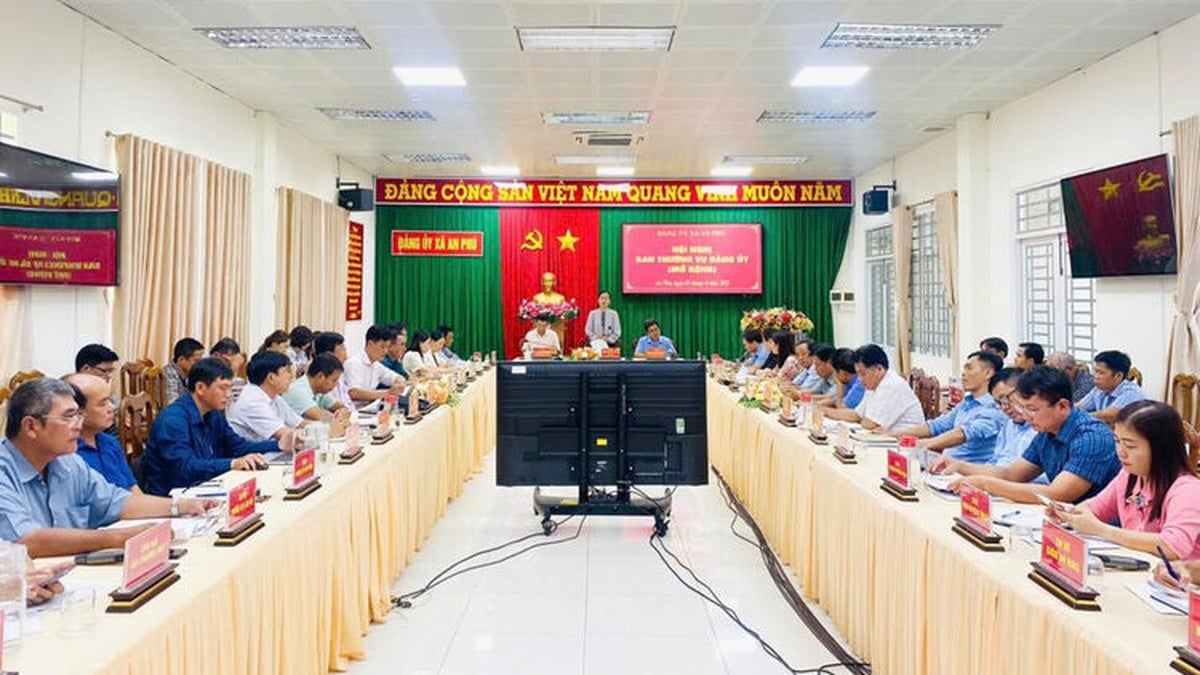
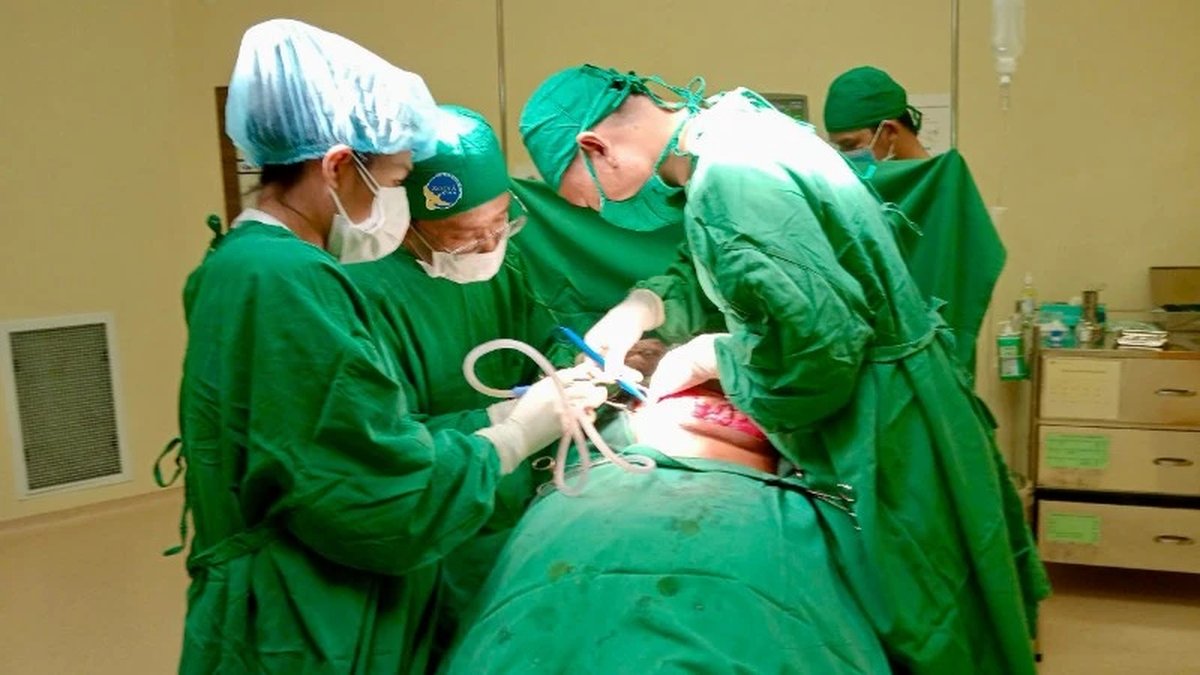
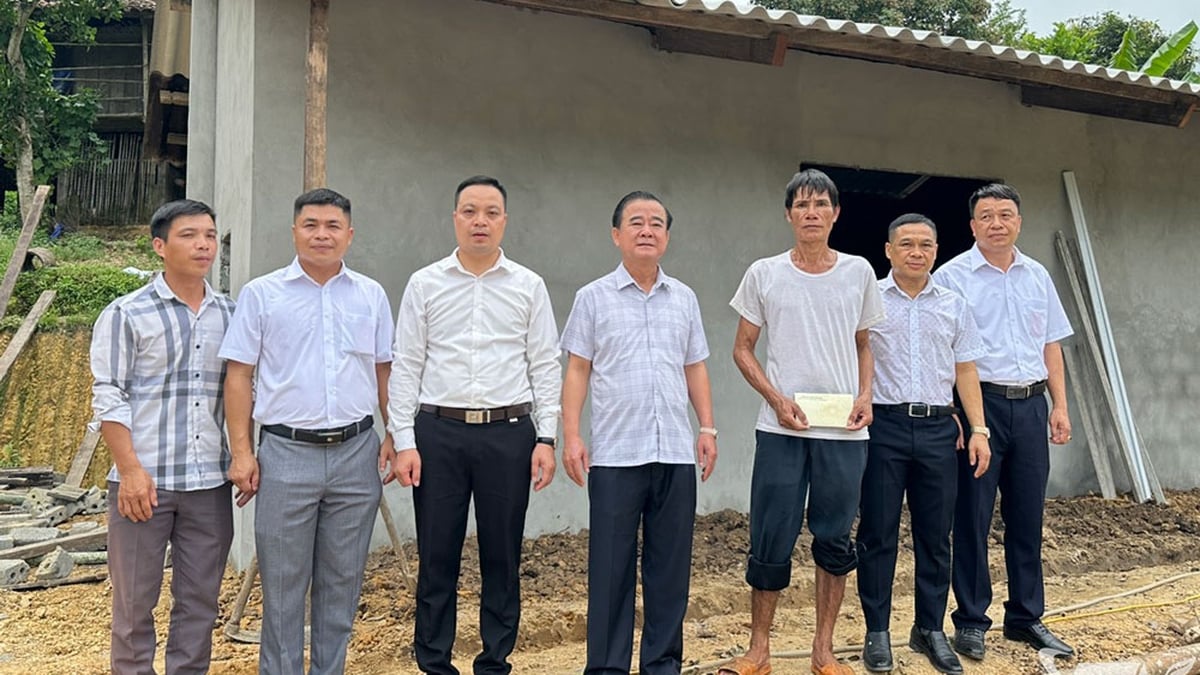
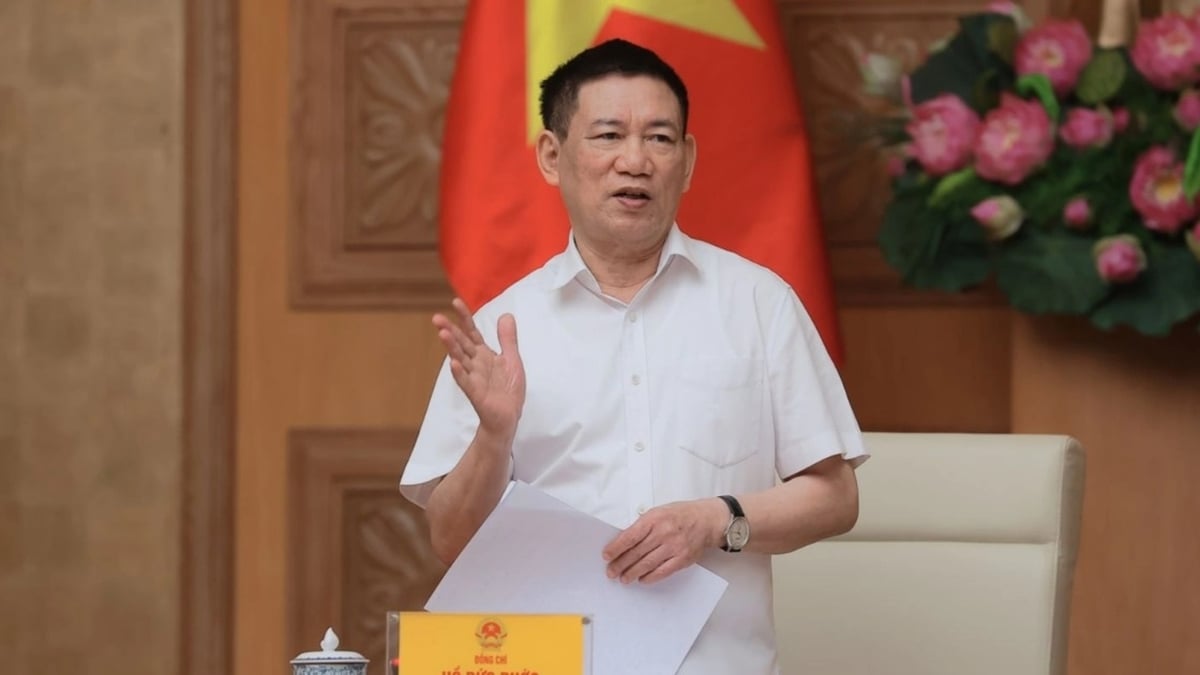

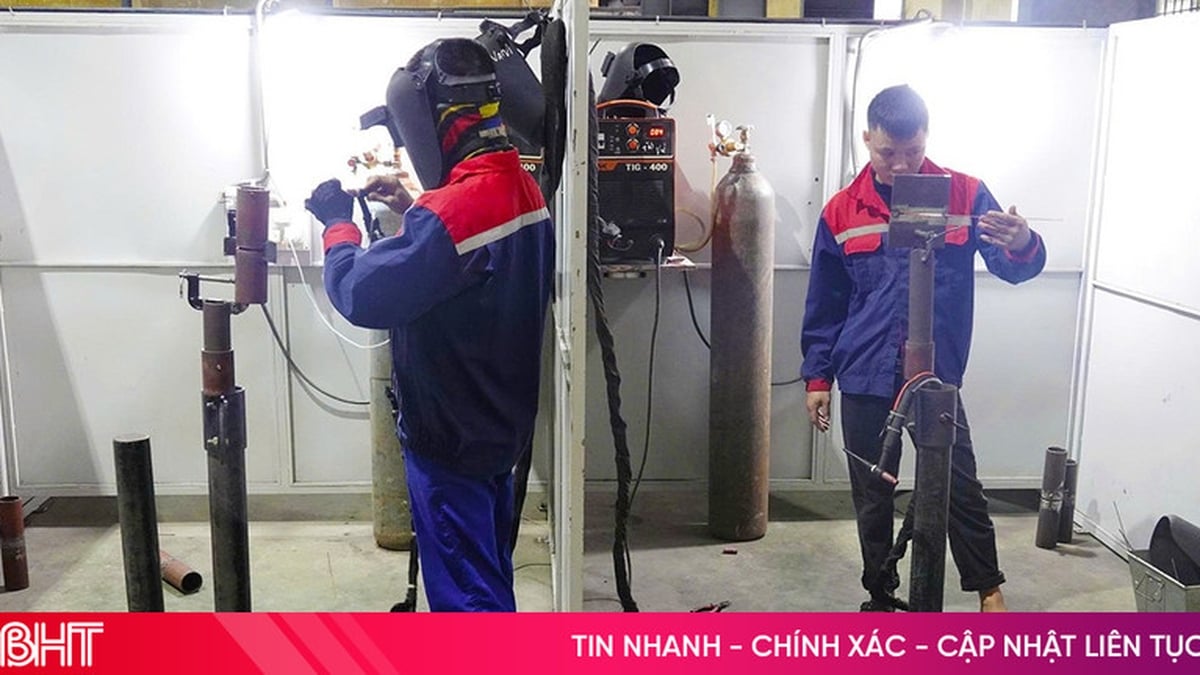
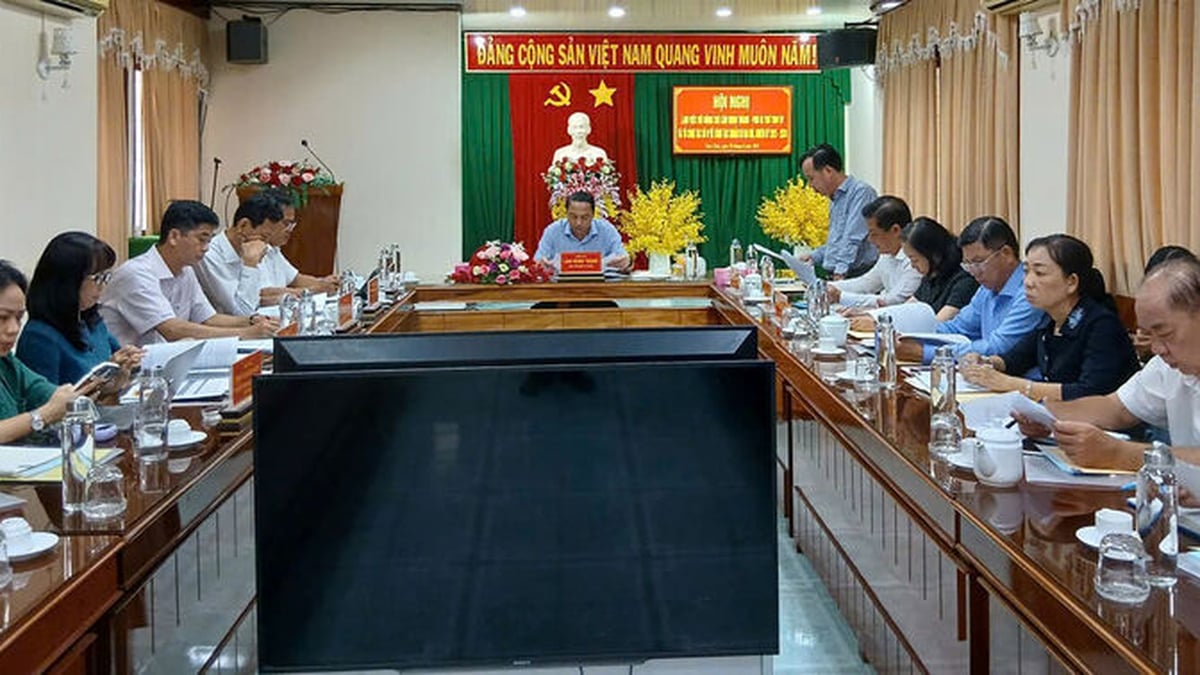
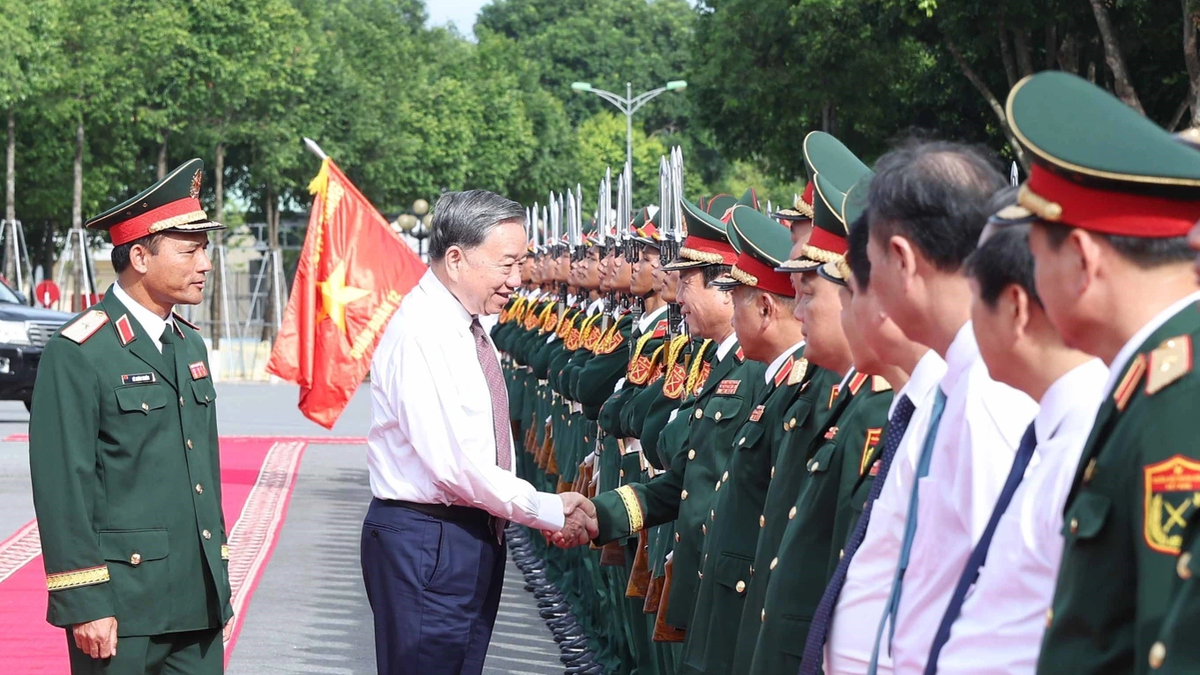

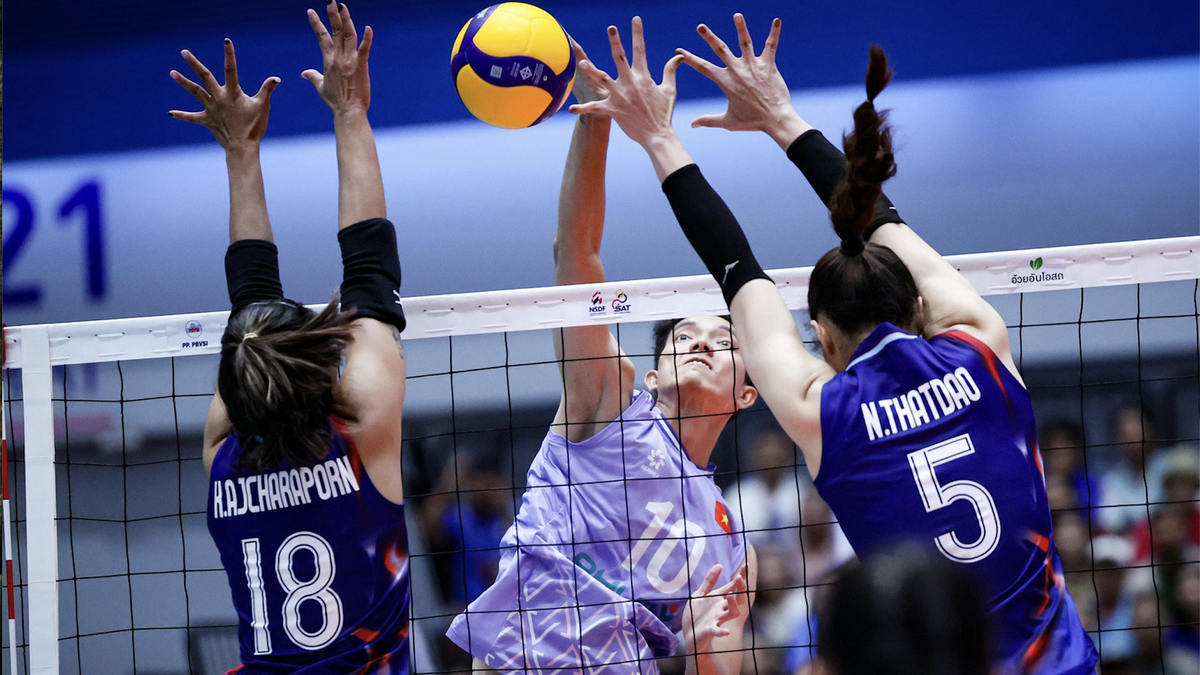








































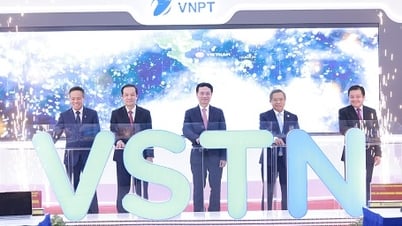








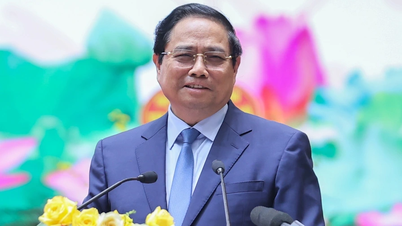

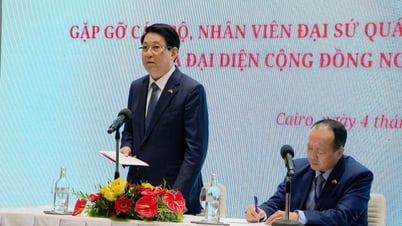











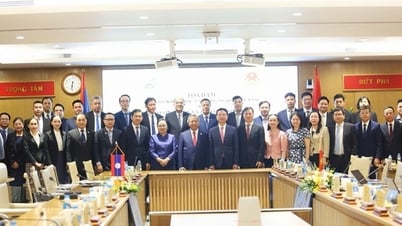























Comment (0)